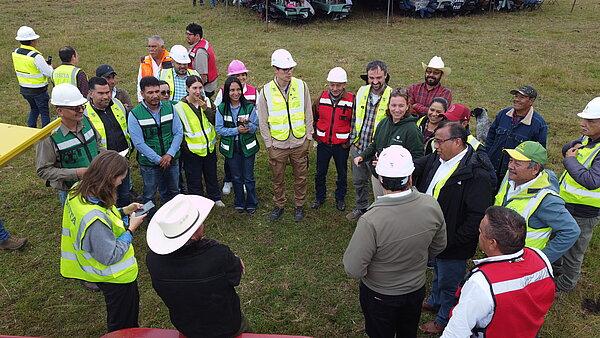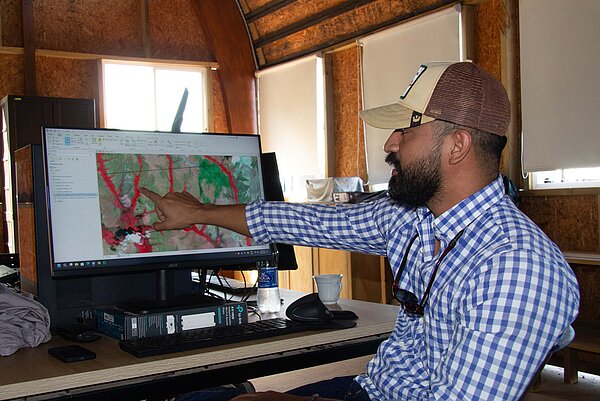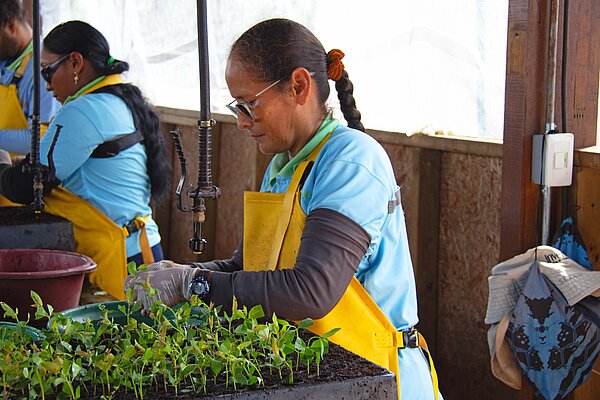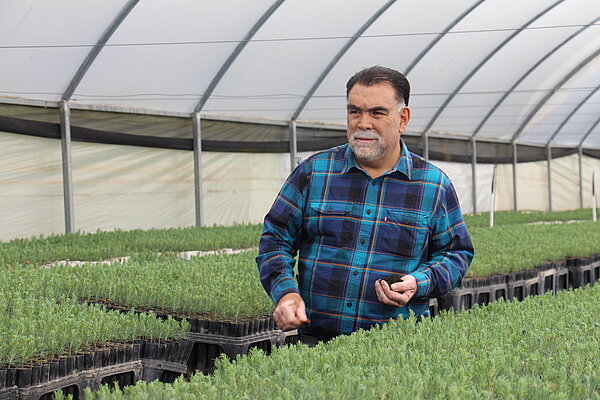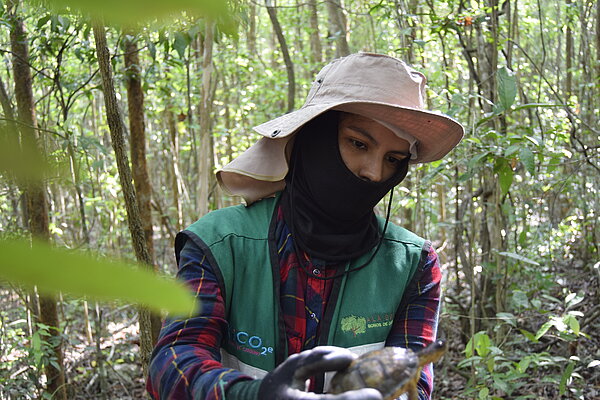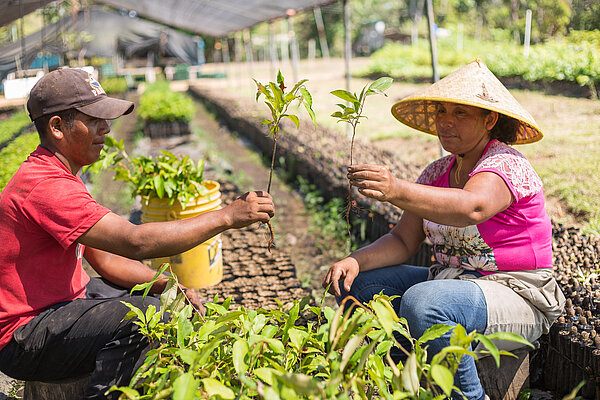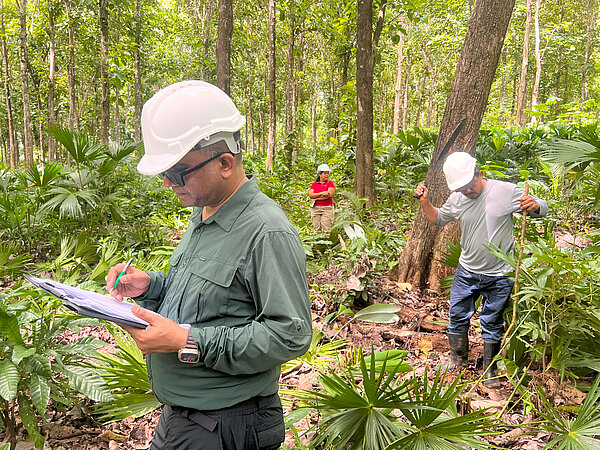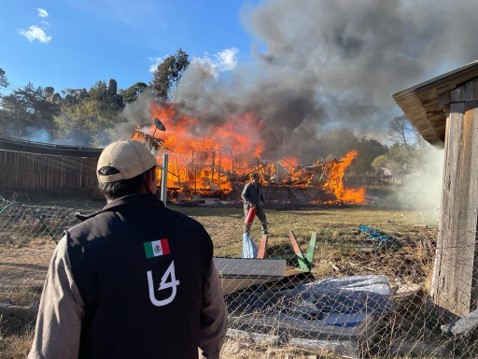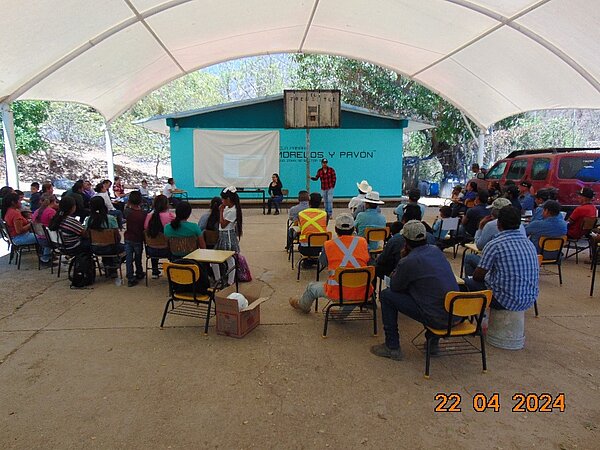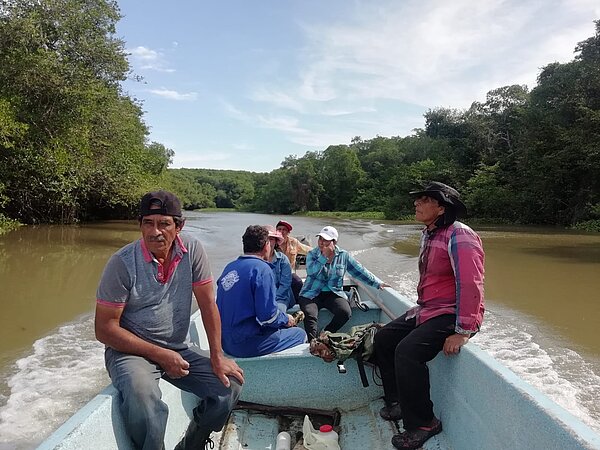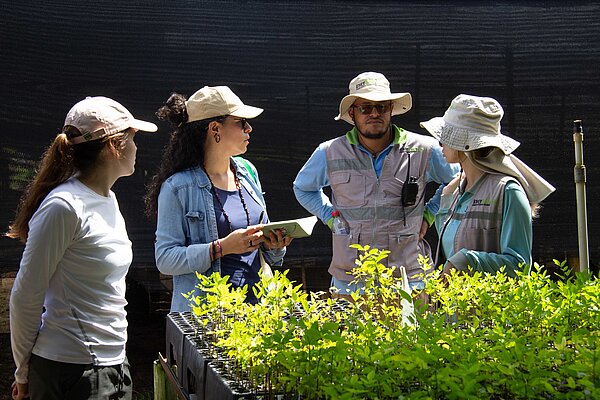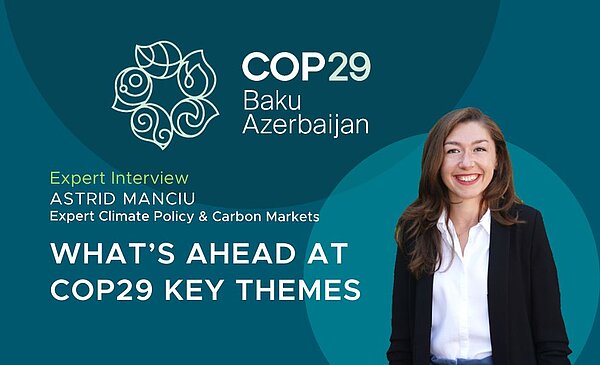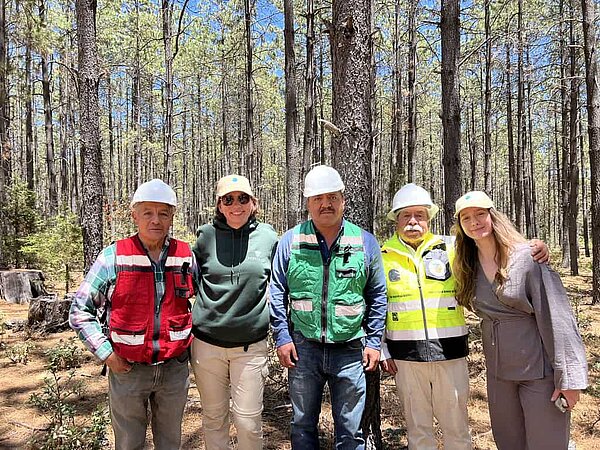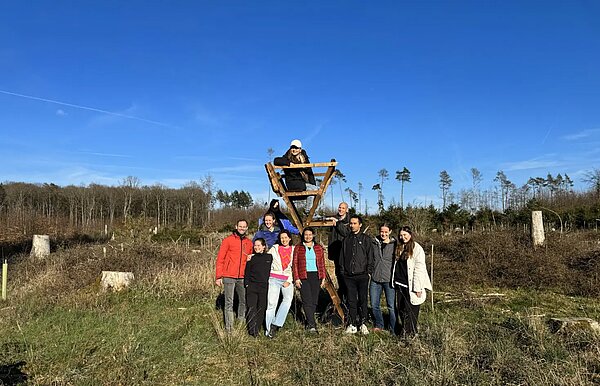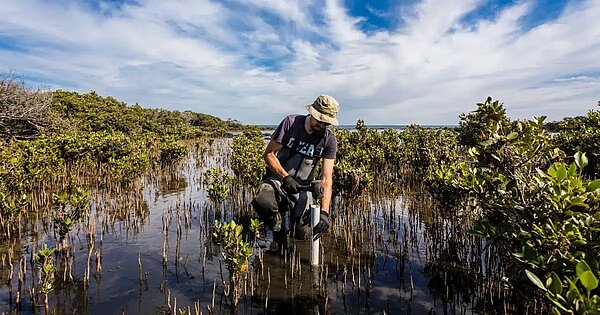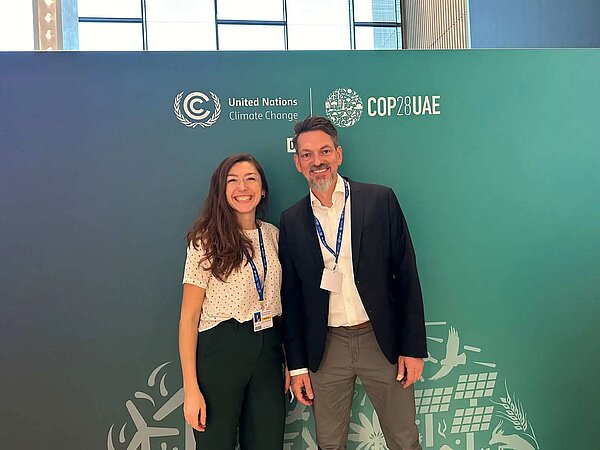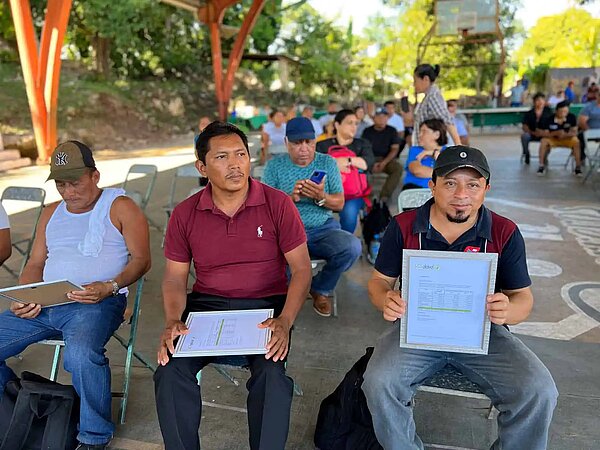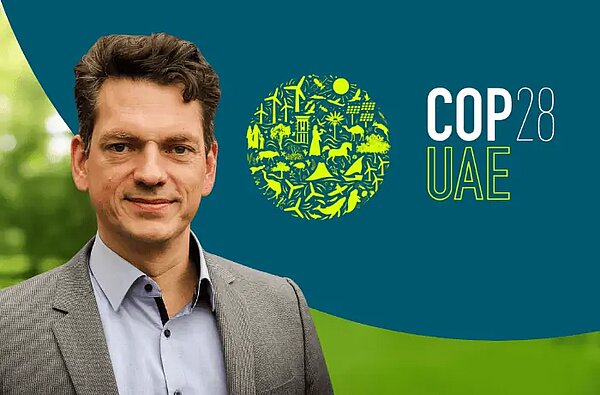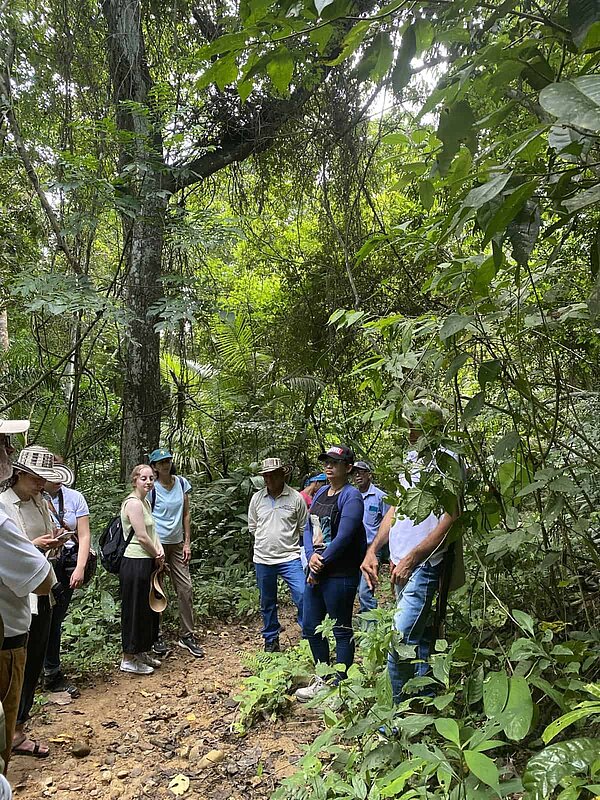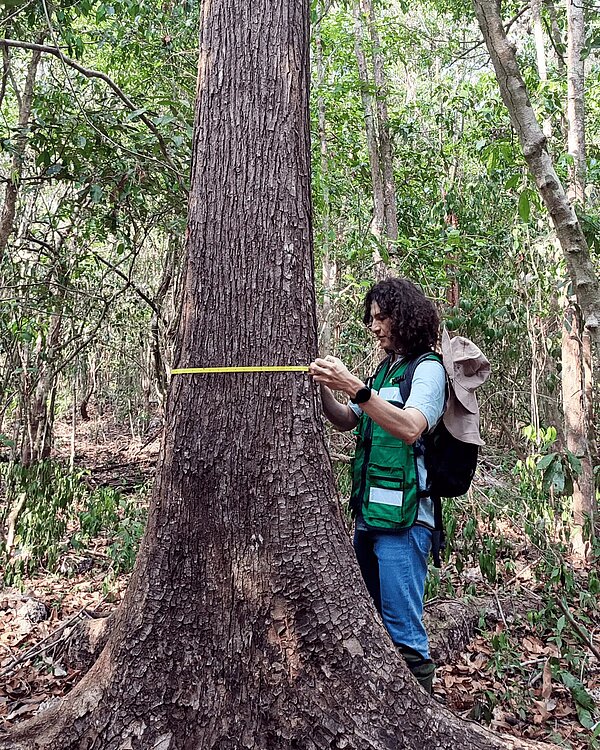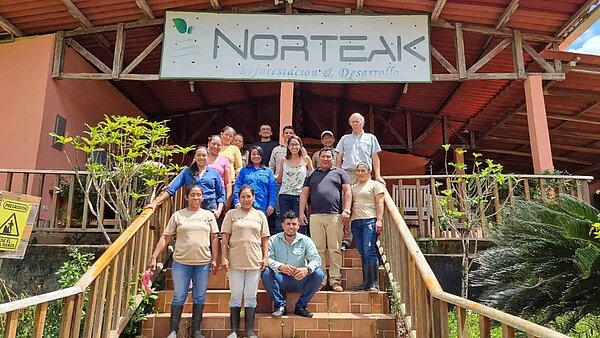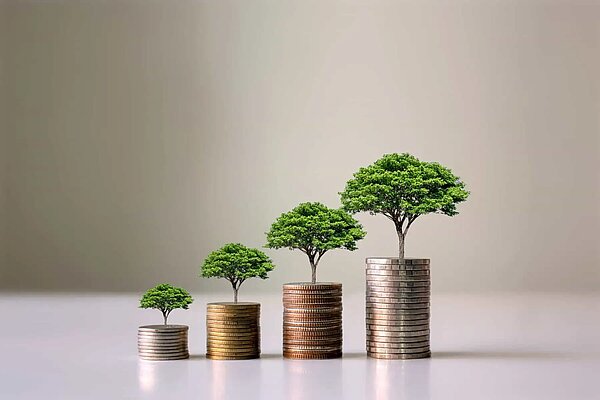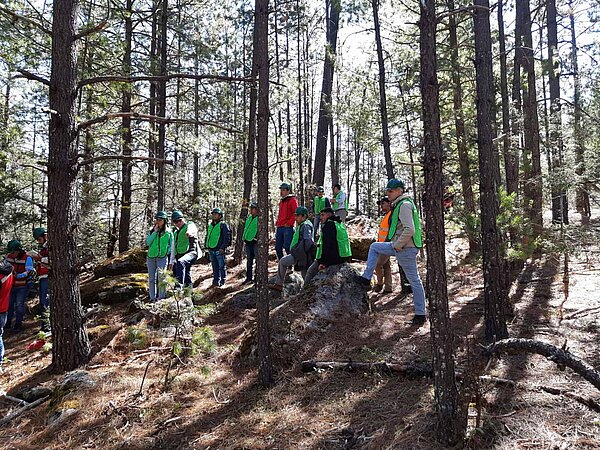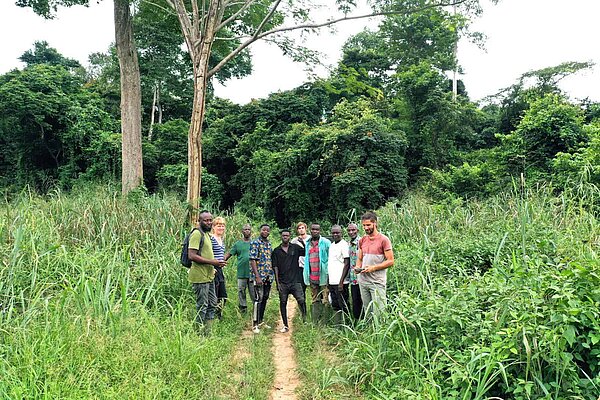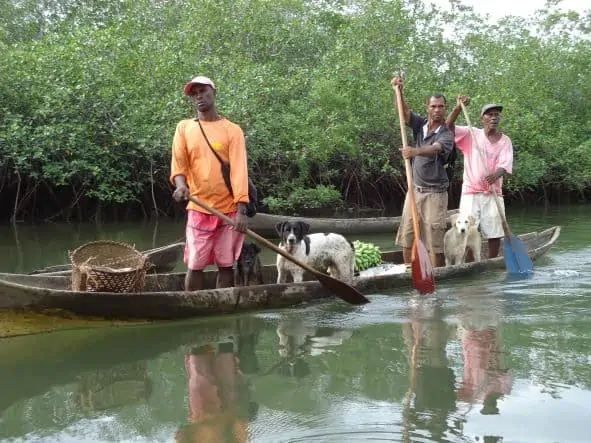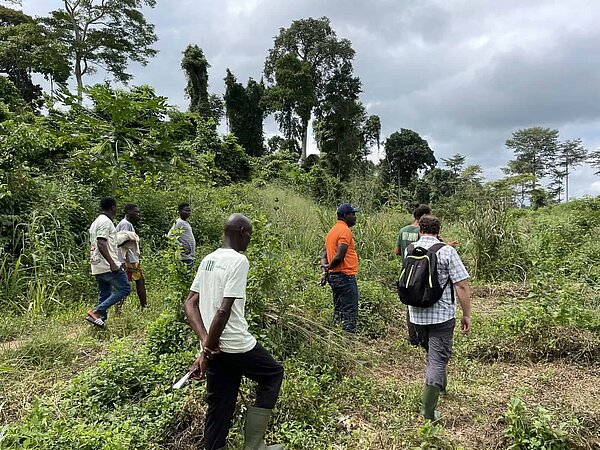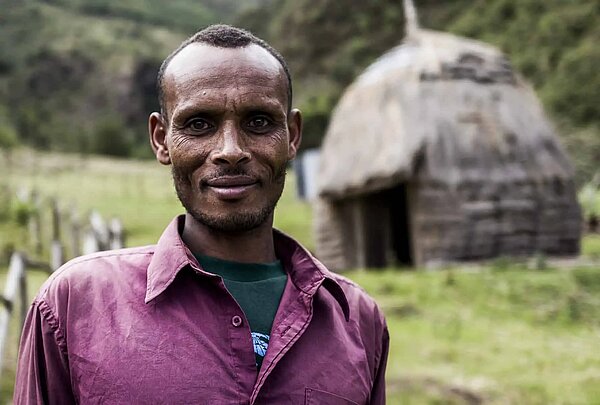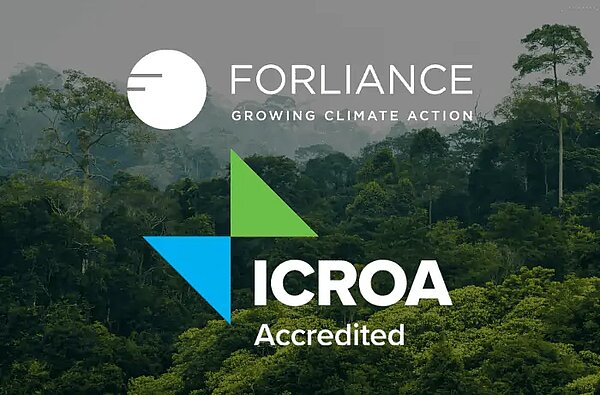ICROA’s response to Financial Times article on the voluntary carbon market
May 11, 2022
Statements
As ICROA accredited organization FORLIANCE works side by side with all ICROA accredited carbon management and offset service providers that demonstrate quality, integrity, and credibility in the voluntary carbon market. We jointly stated our concerns with the recently published Financial Times article: “Surge of investment into carbon credits creates boom time for brokers” by Camilla Hodgson. This is our common statement:

“ICROA would like to express its respect and support for the work of the Financial Times and Unearthed/Greenpeace in reporting on important climate issues and echo the concerns of many climate activists around the world in demanding a faster pace of emissions reductions by companies and governments.
ICROA promotes transparency and welcomes more scrutiny in the carbon market. The voluntary carbon market provides an effective market-based mechanism to enable the flow of vital funds to environmental projects around the world. It also plays a critical role in achieving our global climate goals of halving global emissions by 2030 and achieving net-zero by 2050. Crediting mechanisms form an integral part of the Paris Agreement and can be a strong and flexible ally in reducing emissions at the least cost, playing an essential part in driving the large-scale transition required to avoid catastrophic climate change.
ICROA’s mission is to ensure the highest environmental integrity and quality in the voluntary carbon market. ICROA’s Code of Best Practice is continuously updated to reflect any significant changes in the market and raise the bar for the quality and environmental integrity of carbon management services. We support all market participants to be fairly compensated for their contribution however we advise against aggressive speculation in carbon markets. Inflated prices can lead to a dampening of demand for carbon credits reducing financing of emission reductions. Furthermore, models that ensure finance goes back into the hands of project developers and local communities that have made the project possible need to be encouraged and rewarded. It is in all our interest to ensure that project developers receive the funding to thrive and scale – that is a critical part of a functioning, meaningful voluntary carbon market that can contribute to achieving global climate goals.
ICROA’s perspective
We believe that there needs to be fair and balanced fact-based reporting on carbon markets to support and foster further transparency. FT’s article “Surge of investment into carbon credits creates boom time for brokers” raises concerns about carbon credits’ price transparency and implies that carbon credit retailers are profiteering at the expense of project developers. Many of the assumptions made in this article are misinformed and ignore the true rationale behind credit pricing.
The article makes broad assumptions about emission reduction projects and carbon pricing. The author provides a view based on a single example, which has not been fully substantiated. Moreover, the assumptions made in the article that there is an imbalance of power between brokers and project developers are false and create a negative perception of the role of intermediaries in providing companies with high-quality carbon credits, and helping to finance new projects. Unfortunately, an invitation to engage with ICROA, which represents both project developers and carbon credit retailers was also declined.
Initial concerns around the article.
FT’s article is based on questionable assumptions and an incomplete view of the carbon market pricing mechanism. We believe the article’s conclusions are misleading for a variety of reasons and should be clarified:
● The price of a carbon credit must account for the costs of setting up a project, its verification, and the ongoing monitoring. To ensure that the project is well-designed, and well-prepared to issue carbon credits, a series of due diligence and verification processes need to take place. The certification process for projects involves many organisations who need to be paid for their work – standards, auditors, registries, project developers, and marketers. All of them are key in ensuring the integrity of carbon credits and in helping the project owner access carbon finance. Only a fraction of the revenue from carbon credits is actual profit, and many times, that profit is re-invested to develop new projects or used to support local communities through a variety of initiatives such as building new infrastructure, educational facilities, vocational programmes for women, etc.
● In addition, many put cash upfront to develop projects and go through the carbon asset development process so there is not a distinct line between a project developer and a retailer. Retailers are covering costs including teams to conduct enhanced due diligence and ensure the quality of carbon credits, consultancy with clients to build portfolios that deliver business value to ensure private sector finance continues to flow and running the systems and processes to fulfil carbon credit purchases and retirement and ensure corporate claims based on offsetting are robust.
● The current price increases help unlock new emissions reduction/removals projects that were not conceivable in a low-price context. The current trend makes business cases valid and allows for finance to flow where it was not possible until now.
● It is very important to note that different carbon market actors have different levels of involvement and risk in emission reduction projects. For example, a project developer or a project development partner takes on significant risk by providing upfront investment for a project. Also, the risk profile of the project varies: the technology, its geographic location, the project size, the complexity of the project (e.g. large-scale forest protection or installing solar panels), the costs of long-term monitoring, reporting, and verification (MRV), among others. This upfront investment is not the same as paying a fixed price upfront for a certain number of carbon credits that the project will eventually generate. In other words, the risk appetite will be very different between a project developer/partner and a trader or a broker, as the latter two bear no project development and/or investment risk. There is no differentiation between these two types of actors in the article.
● The assumptions made in the article largely ignore the complexity of the work done by carbon credit retailers (many of whom are also project developers) and their teams, both office-based and on the ground where the project is located. Money from the sale of the credits enables the retailers to maintain project verification and monitoring to the highest standards and ensure that the market can grow and deliver positive climate impacts in an effective and transparent manner. The money from carbon credits is also spent on research and innovation to constantly improve operations.
● Project developers are able to set and adjust their prices based on the costs as well as the size and location of their project. ICROA is not aware of any complaints from project developers, with whom all of our accredited organisations have good relationships. It should also be highlighted that those companies that are accredited by ICROA continue to strongly encourage their clients to put science-aligned emission reductions before offsetting.
We value constructive criticism and are open to feedback as this enables us to constantly improve and raise the standards for quality, integrity, and transparency. However, we also think that unbalanced reporting on carbon credits could have a negative impact, not just on credit retailers, climate consultancies, and project developers, but ultimately and more worryingly, on the local communities and the ecosystems that depend on them. “

